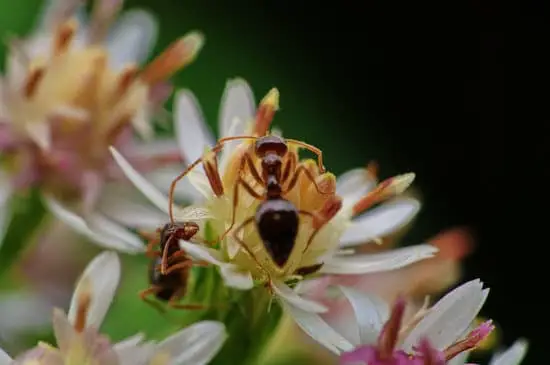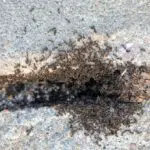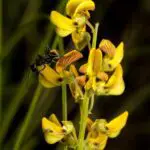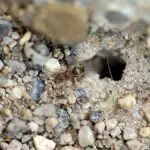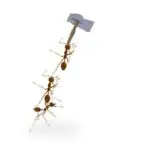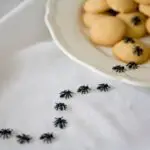How Do Ants Prevent Traffic?
Using a two-phase flow function, researchers have shown how ants prevent traffic in an analogous system to vehicular highways. Their results are part of a larger effort to understand the highly coordinated movements of all kinds of organisms.
Researchers conducted 170 experiments using different sizes of bridges and varying numbers of ants. The researchers filmed each experiment and collected data on the flow of ants and collisions. They then fitted the data to traffic engineering models. They found that when ants filled a bridge, the flow of ants increased.
Researchers also found that the speed of ants was directly related to their density. At intermediate densities, ants increased their speed. They also found that ants do not make unexpected moves when they are in heavy traffic.
Ants are a special group of animals that travel in groups. They are also known to have highly developed social behaviors. They can share information with other members of the group and exchange trail information in case of an accident. They avoid overcrowded trails and traffic jams.
The researchers found that ants have developed a three-lane traffic system. The ants move faster than car traffic and avoid collisions when the road is too congested. They also tend to form platoons, which increase the speed of the whole group.
The researchers found that the number of ants in a group is a good indicator of how well ants prevent traffic. They determined that there are between 400 and 25,600 ants in a group.
